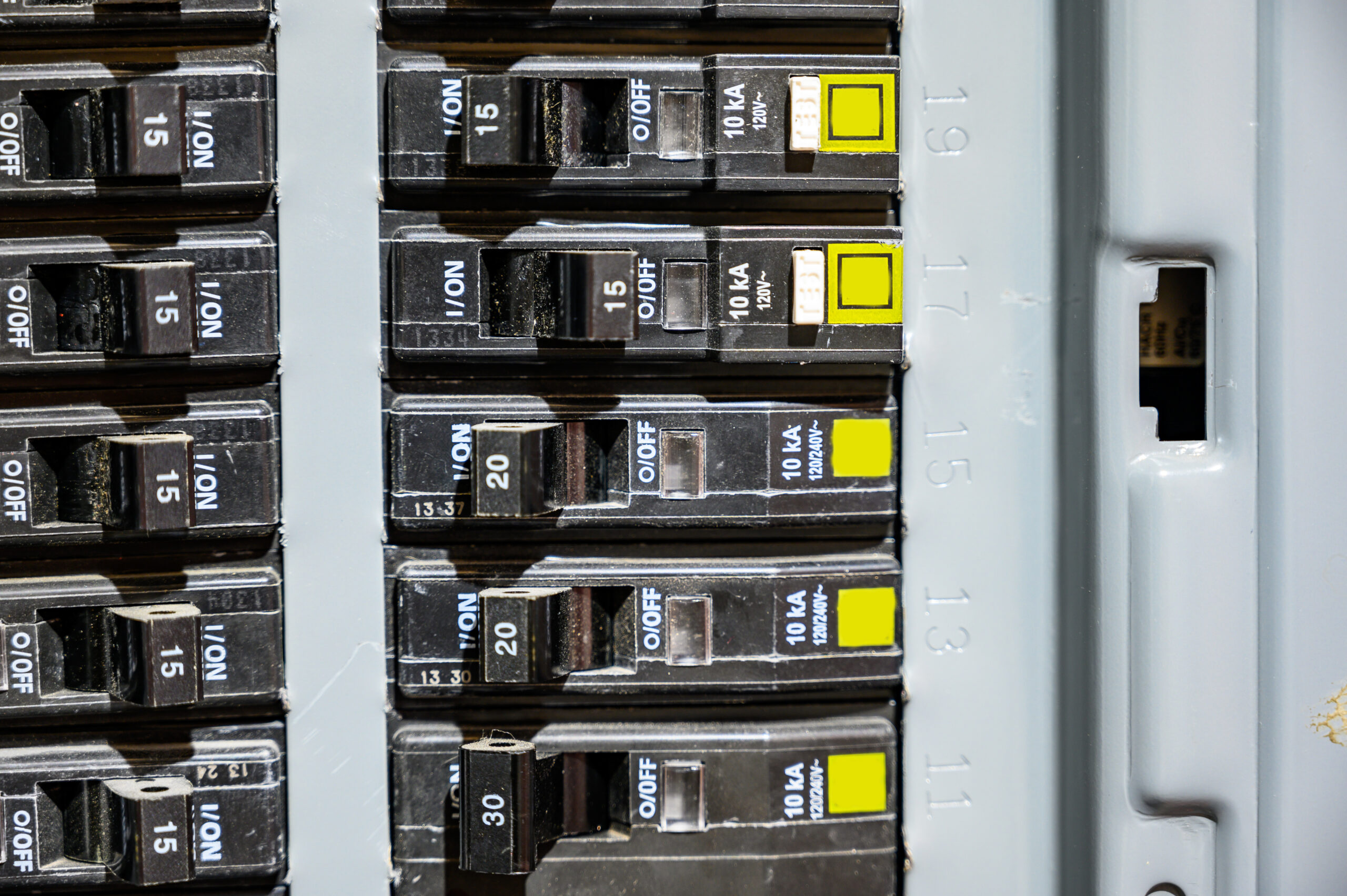Understanding Circuit Breakers: On, Off, and Grounded—What Every Homeowner Should Know
Your home’s electrical system is a complex network designed to provide comfort, safety, and reliability. While most homeowners never think twice about how power flows through their home, knowing how major components work—specifically the circuit breaker—can make a world of difference in preventing issues or reacting when something goes wrong. In this article, we’ll break down what a circuit breaker is, how it functions in its various states (on, off, and grounded), and why understanding these basics matters for every responsible homeowner. Let’s get started.
What is a Circuit Breaker and Why It Matters in Your Home
A circuit breaker is an essential safety device located in your electrical panel. Its core purpose is simple yet critical: prevent electrical overloads and short circuits by interrupting the flow of electricity. Think of it as a gatekeeper. When everything is operating as intended, your circuit breaker remains “on,” allowing current to flow to appliances, lights, and outlets. When something goes wrong—perhaps a surge, malfunction, or overload—the breaker quickly shuts off power to prevent overheating or fire hazards. This switch from “on” to “off” can save not only your appliances but also your home from serious damage.
How the “On” Position Powers Your Home
When a circuit breaker is in the “on” position, it completes the electrical circuit and allows electricity to flow uninterrupted from the service line to the connected outlet or fixture. Most homes distribute electricity across multiple circuits, each protected by its own breaker. Whether it’s morning coffee in the kitchen, movie night in the living room, or laundry loads in the basement, electricity keeps life running efficiently. However, the “on” position only remains valid so long as the system functions within its designed parameters. The moment excess current flows through—be it from too many devices or faulty wiring—the system reacts. Instantly flipping from “on” to “off,” the breaker interrupts the circuit to protect everything behind it.
When a Circuit Breaker Turns Off and What That Means
Seeing a breaker in the “off” position usually indicates that it tripped, often due to a temporary fault like an overloaded outlet or shorted appliance. The circuit senses abnormal current levels and, as a safeguard, cuts the power. When this happens, it’s a signal for you to investigate. The good news: circuit breakers are designed to be reset. After identifying and resolving the issue—a space heater pulling too much juice, or perhaps a power strip maxed out—flipping the breaker back to “on” usually restores function. However, repeated trips indicate an underlying issue. Electrical faults, damaged wiring, or aging components could be involved, and that’s when consulting a licensed electrician becomes more than just good advice—it becomes a necessity.
What It Means When a Circuit Is Grounded
Grounding is another integral part of maintaining a safe electrical system. A grounded electrical system creates a safe pathway for excess electricity to be discharged harmlessly into the earth. While breakers cut flow during surges or faults, grounding prevents electrical current from flowing into undesirable pathways, such as people or flammable surfaces. With grounding, any electrical fault redirects to the ground wire, minimizing risks of shock or fire. In practical terms, modern homes come pre-grounded via the neutral wire connected in the main breaker panel. If you ever experience electrical shocks from outlets or appliances, or smell burning components, a grounding issue might be involved. This isn’t a simple fix—it’s a major safety concern that justifies immediate professional intervention.
Common Causes of Breaker Trips and Grounding Problems
Breakers may trip for several reasons, and while some are harmless and infrequent, others may signal deeper complications. Overloaded circuits, where multiple high-powered devices run on the same circuit, top the list. Short circuits, caused by damaged wiring or faulty appliances, pose bigger risks and require immediate attention. Ground faults happen when currents stray from the intended path, often due to water intrusions or DIY mishaps. While modern circuit breakers and dedicated ground-fault circuit interrupters (GFCIs) provide layers of defense, issues can still arise—especially in older homes or those with outdated wiring. The best prevention method? Routine inspections, responsible usage, and never ignoring breakages, burned smells, or flickering lights.
Resetting Breakers Without Making the Situation Worse
Resetting a breaker is relatively straightforward, but doing it without awareness can turn simple issues into unsafe ones. Start by identifying the tripped breaker—typically, it’ll be positioned between “on” and “off.” Flip it fully “off” before switching it back “on.” But, and this is important, if the breaker trips again immediately, stop. This indicates an unresolved fault still present in the system. Power cycling a breaker repeatedly without solving the cause can wear out the mechanism and allow risks to accumulate. Electrical systems are not vehicles—more pressure doesn’t push things further. If anything feels uncertain or seems repeated, seeking a certified electrician is the smartest path forward.
Why Homeowners Should Protect Their Electrical Systems with a Home Warranty
Owning a home means managing surprises—electrical breakdowns topping that list. You can’t always predict when a breaker will fail or an appliance will short-circuit. What you can do is be prepared. Armadillo offers intelligent, modern home warranty solutions that keep you one step ahead of life’s electrical hiccups. When a breaker issue turns into a call for professional repair, our plans make sure those moments don’t turn into major headaches or unexpected expenses. Whether it’s an overloaded kitchen circuit or a grounded outlet that needs repair, you’re covered. Explore our modern, transparent, and stress-free plans at Armadillo.one, or start building your tailored home protection plan today at our sign-up page. Your home is wired to work—let’s keep it that way.


























